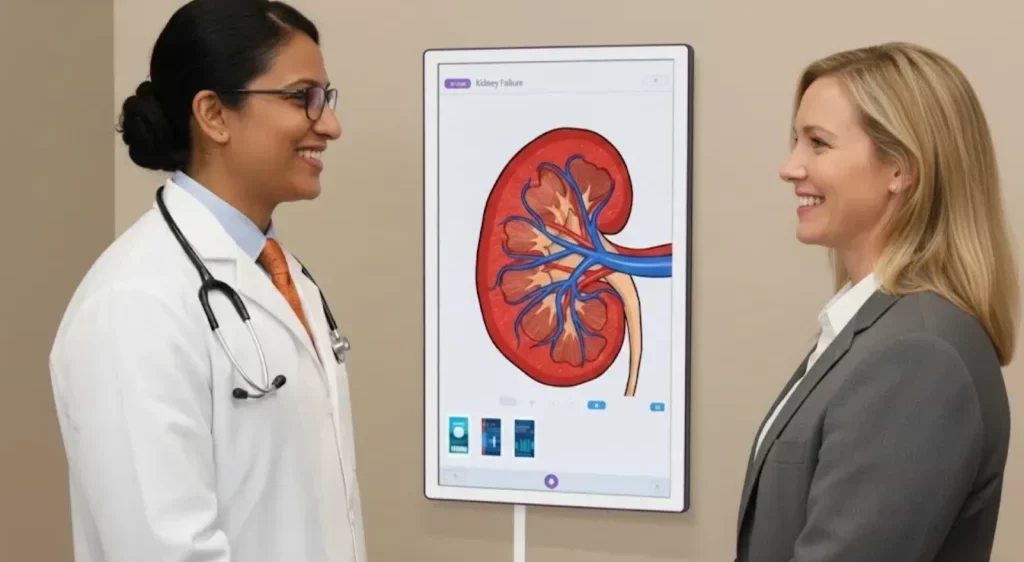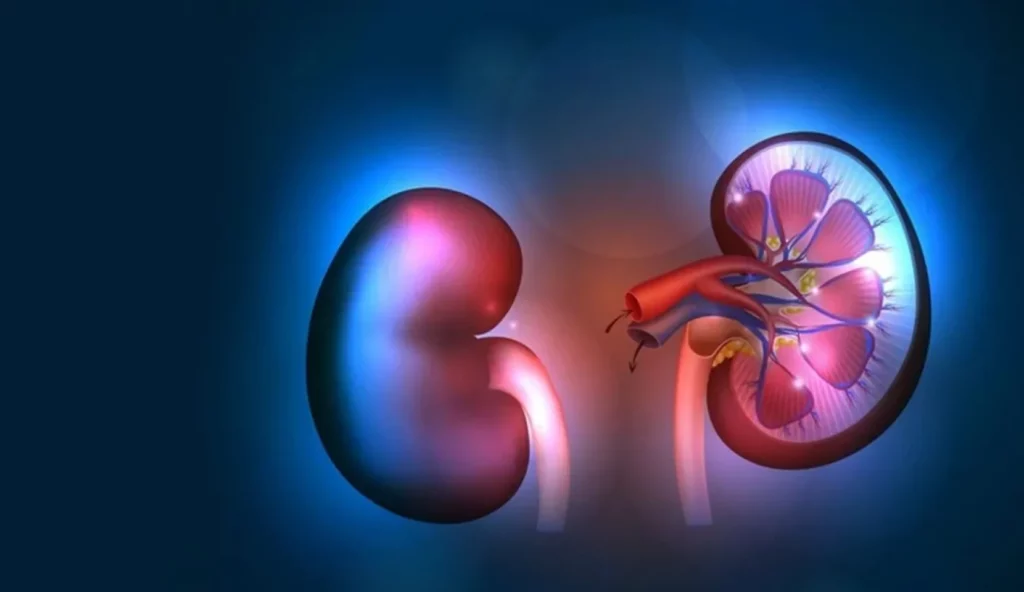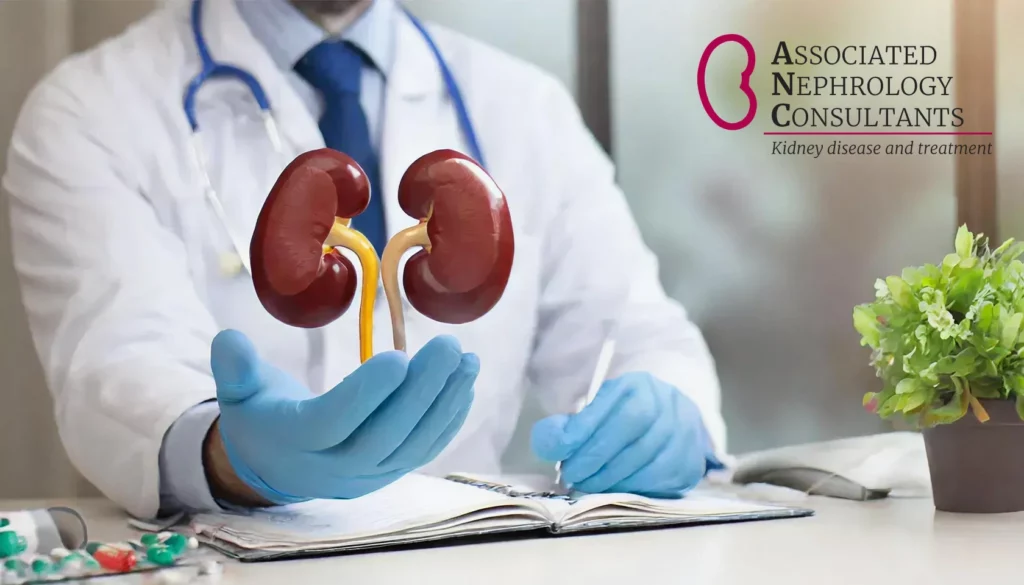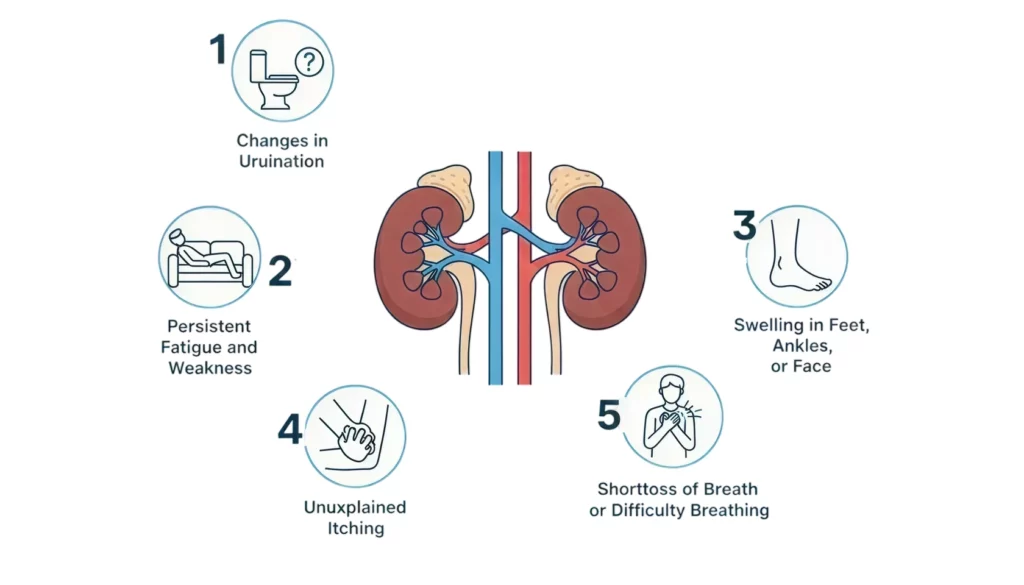This week, we’re diving into Gout, a painful form of arthritis, and how it relates to folks struggling with kidney disease. To learn more about how these two issues overlap, we sat down with Dr. Yang to gain better insight. Keep reading to get the full scoop!
What is Gout and how does it impact your kidneys?
Gout often shows up suddenly, usually in a single joint like the big toe, and is a result of uric acid build-up in the blood. This buildup forms sharp crystals in the joints, which manifest into symptoms like redness, swelling, and intense pain. Gout flares can occur quickly, and even light contact with the affected area can be uncomfortable.
The kidneys play a key role in filtering uric acid out of the bloodstream. In people with chronic kidney disease, this process doesn’t work as efficiently. The result? Often, higher uric acid levels and a greater risk of gout. Frequent or unmanaged gout can also impact kidney function over time.
How to manage Gout flare-ups
While gout can feel unpredictable, there are ways to reduce flare-ups. One of the most important is maintaining a kidney-friendly, low-purine diet. Foods that tend to trigger gout include red meat, shellfish, and alcohol (especially beer). Staying well-hydrated and managing weight can also help lower uric acid levels and reduce the frequency of attacks.
During a flare, medications can reduce pain and inflammation. However, for patients with kidney disease, some common treatments like NSAIDs may not be safe so it’s always best to consult with a nephrologist to receive tailored treatment plans that support both your joint and kidney health.
Reducing the risk of Gout altogether
One helpful tip for patients at risk is to talk to their care team about prevention strategies. Gout flares are often preventable with the right lifestyle changes and medical support. For those already navigating CKD, it’s important to bring up any new joint symptoms or concerns during your regular visits.
Though Gout primarily affects the joints, its effects and its causes run deeper. But with a proactive approach and a supportive care team, patients can manage symptoms and protect their kidney health at the same time.






